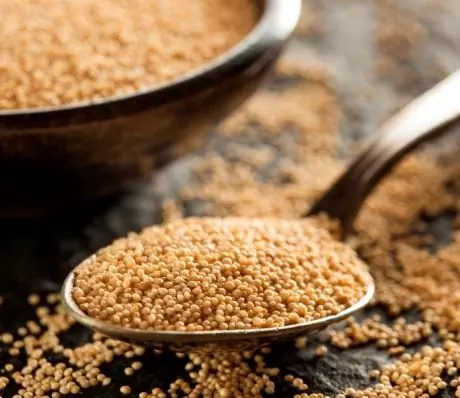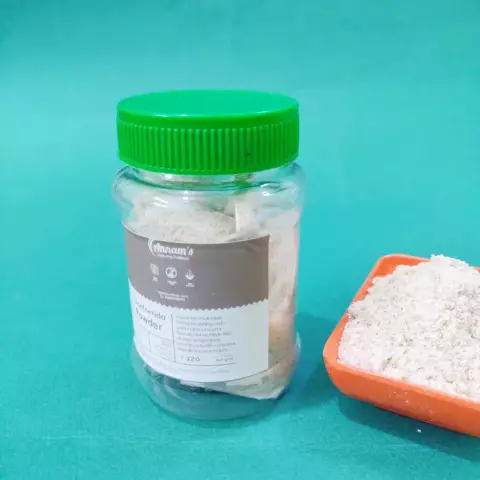- Author Rachel Wainwright [email protected].
- Public 2023-12-15 07:39.
- Last modified 2025-11-02 20:14.
Loosestrife
Instructions for use:
- 1. Growing
- 2. Useful properties
- 3. Contraindications to use
Verbeynik is a perennial or biennial herb belonging to the Primroses family.

In the wild, the plant prefers wet meadows, marshes, and coastal waters. Blooms in late June. The thickets of this plant can be found throughout Europe, on the Crimean Peninsula, in Russia, in Central Asia and in the Caucasus.
There are loosestrife with leaves spreading along the ground, or with tall, erect, leafy shoots. The flowers of the plant are usually yellow, but there are types with white flowers, small bell-shaped, collected in pyramidal inflorescences. The inflorescences are rather large and occupy almost half of the upper part of the shoot.
Growing loosestrife
The cultivation of loosestrife is common in ornamental gardening. Mostly gardeners grow three types of loosestrife - monotonous, point and ordinary.
The spotted and common loosestrife have erect stems. The common verbeynik is a rather tall plant, its height can reach one and a half meters. The inflorescences are yellow, in the form of panicles. The dotted loosestrife is approximately two times lower and its inflorescences, joining together, form a whorl of 4 pieces. These plant species love moist, sunny locations and well-drained soil. If these conditions are met, the plants will bloom throughout the summer.
The coin loosestrife has creeping shoots, not exceeding half a meter in length. The inflorescences are rather large, growing from the leaf sinuses. This type of plant is very unpretentious and drought-resistant, grows quickly and feels great in partial shade or shade.
Useful properties of loosestrife
In folk medicine, common loosestrife is most widespread, due to the high content of ascorbic acid and saponins. Looseweed, also known as meadow tea, is used as a tincture for certain diseases.

The plant has many useful properties in medicine: analgesic, astringent, hemostatic and wound healing. However, in official medicine, the medicinal properties of this plant are not used. But they have found their application in traditional medicine and homeopathy.
In folk medicine, it is used to eliminate the symptoms of internal bleeding and diarrhea. The healing property of tea from this plant is used to treat long-term healing and purulent wounds, as well as for thrush, eczema and stomatitis.
Looseweed contains carbohydrates, tannins, rutin, saponins, and silicic acid. During flowering, the plant contains a large amount of ascorbic acid.
The plant is harvested together with the roots and dried in a well-ventilated, non-sunny area. The herb is used to make tea. Leaves and flowers are ground and made into a mixture that is used to treat abscesses. Fresh leaves of the plant are also applied to the wounds. A powder is made from the roots of the plant, which is used as a wound healing and analgesic agent.
Contraindications to the use of loosestrife
It is prohibited to use loosestrife with increased blood clotting, as well as with diseases such as sclerosis of the vessels of the extremities, varicose veins, thrombosis. In hypertension, it is also contraindicated. Decoctions of the plant should not be given to treat dry cough in children.
Information about the drug is generalized, provided for informational purposes only and does not replace the official instructions. Self-medication is hazardous to health!






